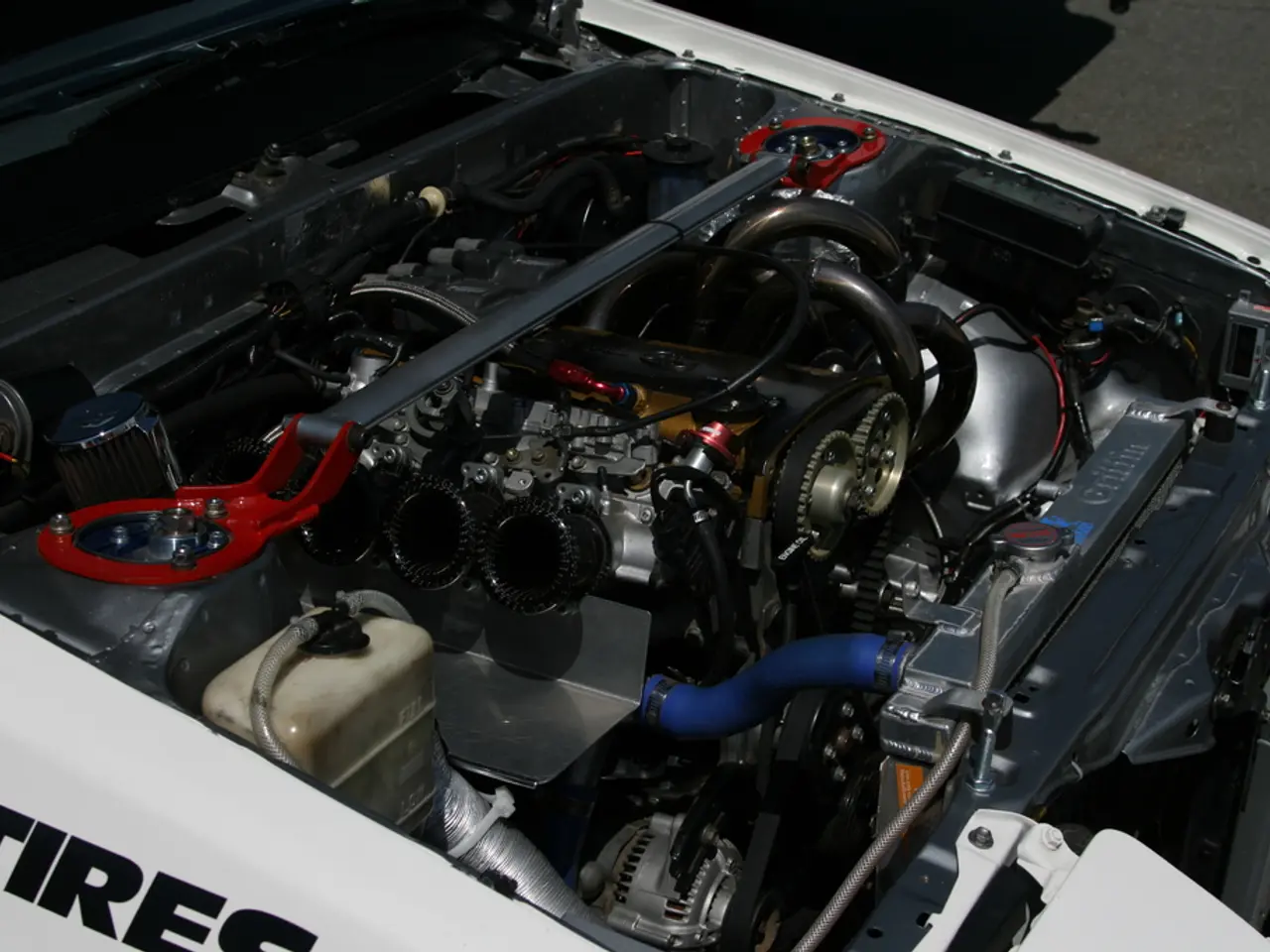Reductions in Emissions from Electric Car Batteries Remain Significant
In a new whitepaper by consulting firm P3, potential strategies for reducing CO2 emissions in electric vehicle (EV) battery production are explored. The most impactful approach, according to the report, is transitioning to renewable energy sources for powering battery manufacturing [1].
Other key strategies include implementing process innovations such as dry coating, optimizing energy efficiency in plants, and focusing on full lifecycle emissions from extraction to recycling with accurate data collection [1][4]. By implementing these measures, the product carbon footprint (PCF) of battery production could be reduced from about 54.5 kg CO2e/kWh to roughly 20 kg CO2e/kWh [1].
The report also highlights the importance of primary data collection and system boundary definitions in accurately calculating and efficiently reducing emissions across various stages of the value chain [1]. Innovations and regulatory frameworks, such as the EU Battery Pass and the integration of renewable energies, innovative production methods, and improved recycling, further support enhancing EV sustainability and speeding up break-even with internal combustion engine vehicles [4].
With 100% renewable electricity, the CO2 break-even point for electric vehicles could be under 30,000 kilometers, significantly lower than the current approximately 95,000 kilometers [2]. Under the current EU electricity mix, electric vehicles only reach CO2 parity with internal combustion engine vehicles after about 80,000 to 120,000 kilometers [3].
The EU will require battery manufacturers to reduce CO2e emissions below certain thresholds from 2028 [5]. To achieve this, expanding recycling infrastructure, especially for hydrometallurgical and direct recycling methods, would enable higher recovery rates and lower CO2 footprints for materials like lithium and cobalt [6].
Future considerations include evaluating emissions associated with the construction of gigafactories. The implementation of these strategies could lead to a fully sustainable battery value chain, offering a path towards comprehensive decarbonization of the battery production process.
References:
[1] P3. (2023). Reducing CO2 Emissions in Electric Vehicle Battery Production. Whitepaper.
[2] Based on calculations from the P3 whitepaper.
[3] European Environment Agency. (2021). CO2 emissions of passenger cars in Europe.
[4] European Commission. (2021). Proposal for a Regulation of the European Parliament and of the Council on batteries and waste batteries.
[5] European Commission. (2021). Regulation (EU) 2021/1160 of the European Parliament and of the Council on batteries and waste batteries.
[6] European Commission. (2021). Circular Economy Action Plan.
Read also:
- California links 100,000 home storage batteries through its Virtual Power Plant program.
- Investment secured for Good Fashion Fund 2.0 to the tune of $60 million by FOUNT.
- Airbus Readies for its Inaugural Hydrogen Fuel-Cell Engine Test Flight of Mega Watt Class
- Air conditioning and air source heat pumps compared by experts: they're not identical, the experts stress








